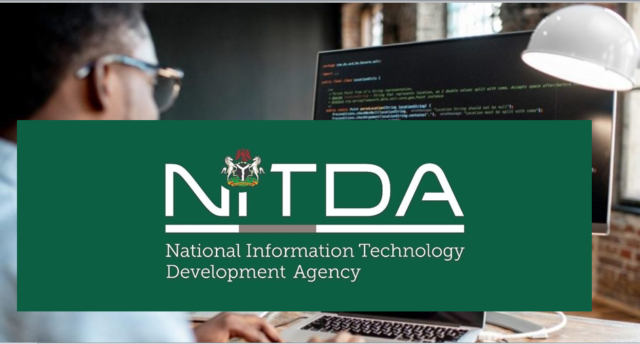In a bold move that could reshape the nation’s workforce and future, the Federal Government of Nigeria has unveiled its target: achieving 95% digital literacy by 2030. As part of a broader drive to embed digital skills across society, the government aims to train 30 million Nigerians by 2027. This announcement came during the conclusion of the Tech4Dev Digital for All Challenge 2.0 in Abuja.
Here’s what this initiative means, how it will be delivered, and what challenges might lie ahead.
Table of Contents
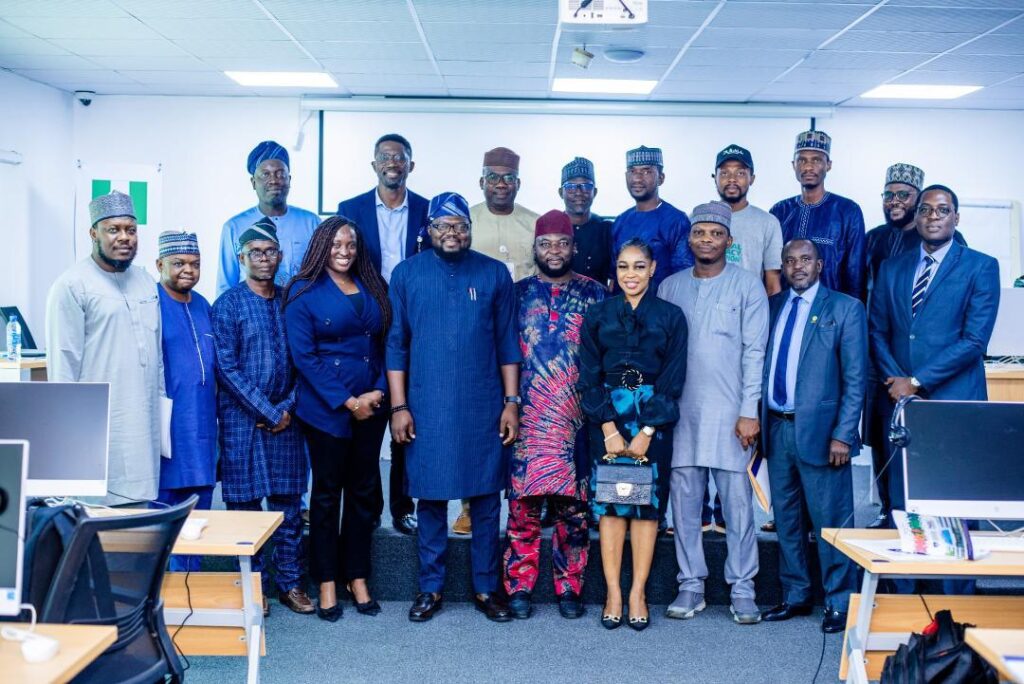
What the Initiative Entails
At the core of this strategy is a partnership involving the National Information Technology Development Agency (NITDA), which is leading the charge. Key to its success is collaboration with the National Youth Service Corps (NYSC) and the country’s education sector.
- Digital Literacy Champions: NYSC members are being trained to serve as ‘Digital Literacy Champions.’ Once trained, they will be deployed across Nigeria’s 774 Local Government Areas (LGAs), acting as catalysts in spreading digital capabilities at the grassroots.
- Curriculum Integration: The Ministry of Education is working closely with NITDA to ensure that digital literacy becomes part of the school curriculum at all levels. The goal is to make sure young Nigerians grow up with digital skills central to their education.
- Monitoring & Tracking: A dedicated online portal has been established to monitor progress in real time. This system will capture data on how many people have been trained, where, and how the rollout towards the 95% target is doing.
Why It Matters: Impact and Opportunities
The push toward near-universal digital literacy isn’t just about having people who can use computers or browse the Internet. It’s about equipping the population for a changing economic landscape, where digital skills increasingly determine employability and access to opportunity.
- Economic Growth & Competitiveness
A digitally literate workforce can attract investment, help businesses scale, and stimulate innovation. Nigeria could better compete regionally and globally as technology becomes central to sectors like agriculture, finance, healthcare, and e-commerce. - Closing the Inequality Gap
Rural and underserved regions often lag in access to digital tools and training. By deploying trained youth across all LGAs, the government hopes to reduce geographic and socio-economic disparities. Ensuring everyone has access to digital skills can strengthen inclusion. - Future-proofing Education
Embedding these skills in the school curriculum means children entering the system now won’t need remedial training later. They’ll be growing up in a digital economy-ready environment.
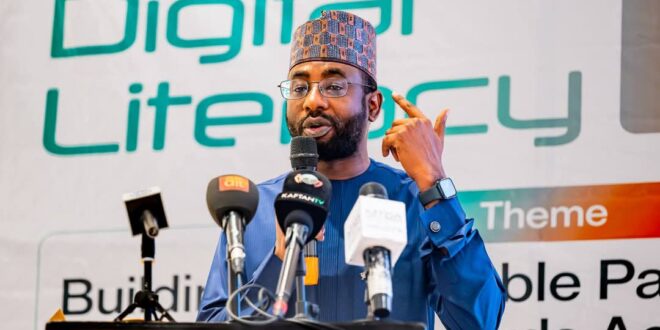
The Roadmap & Key Milestones
To hit 95% digital literacy by 2030, Nigeria has laid out several milestones and mechanisms:
| Milestone | Target / Action |
|---|---|
| 2027 | Train 30 million citizens as part of the mid-term goal. |
| By all LGAs | Deploy Digital Literacy Champions in every Local Government Area via NYSC. |
| Curricular Reform | Integrate digital literacy across primary to tertiary levels. |
| Real-time Tracking | Establish and maintain a monitoring portal to follow training data. |
Challenges Ahead & How They Might Be Overcome
Ambitious goals are laudable, but execution will demand overcoming significant hurdles.
Infrastructure Deficits
Electricity, reliable Internet connectivity, and access to devices remain major obstacles, especially in remote and rural regions. Without stable power and broadband, even well-trained Digital Literacy Champions will find it hard to make progress.
Funding and Resources
Training millions of people, buying equipment, and maintaining infrastructure will require substantial and sustainable funding. Partnerships with private sector players and international organisations will likely be essential.
Quality Assurance & Instructor Competency
Ensuring that those training others—especially NYSC Corps members—are well prepared and supported will be crucial. Poor quality or inconsistent training could undermine the entire effort.
Cultural and Language Barriers
Nigeria is ethnically and linguistically diverse. Materials and training methods will need to be sensitive to local languages and contexts to be effective. Without local tailoring, uptake might vary significantly.
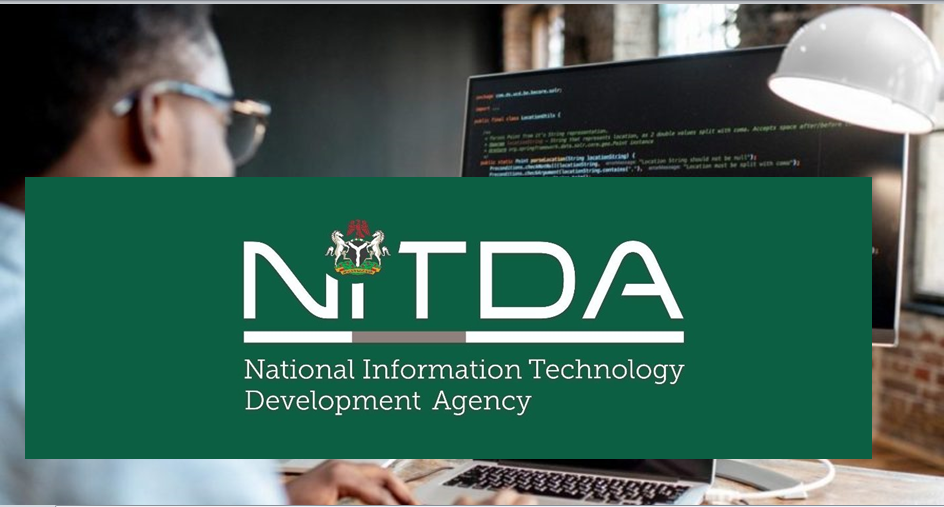
Conclusion: A Turning Point in Nigeria’s Digital Transformation
If successfully implemented, Nigeria’s plan to reach 95% digital literacy by 2030 could be transformative. It represents not just a policy objective, but a national endeavour that has potential ripple effects across employment, education, inclusion, and socio‐economic development.
Key to success will be consistent funding, infrastructure investment, quality training, and tracking growth effectively. As this initiative unfolds, it could well become a case study in how nations can scale digital literacy in the 21st century.
Join Our Social Media Channels:
WhatsApp: NaijaEyes
Facebook: NaijaEyes
Twitter: NaijaEyes
Instagram: NaijaEyes
TikTok: NaijaEyes




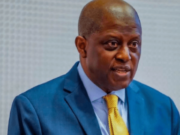









![Mr Macaroni Drops Blistering Remark: ‘APC Filled with Most Corrupt People’ as He Slams Tinubu’s Controversial Pardon for Criminals=]] Mr Macaroni](https://naijaeyesblog.com/wp-content/uploads/2025/03/Mr-Macaroni-1-1-180x135.avif)

![Chaos Erupts in Abuja Hotel as BBNaija Star Phyna Sparks Fierce Scene Over Alleged N200,000 Dispute [VIDEO] Phyna](https://naijaeyesblog.com/wp-content/uploads/2024/11/A-Picture-of-Phyna-BBNaija-180x135.jpg)




















